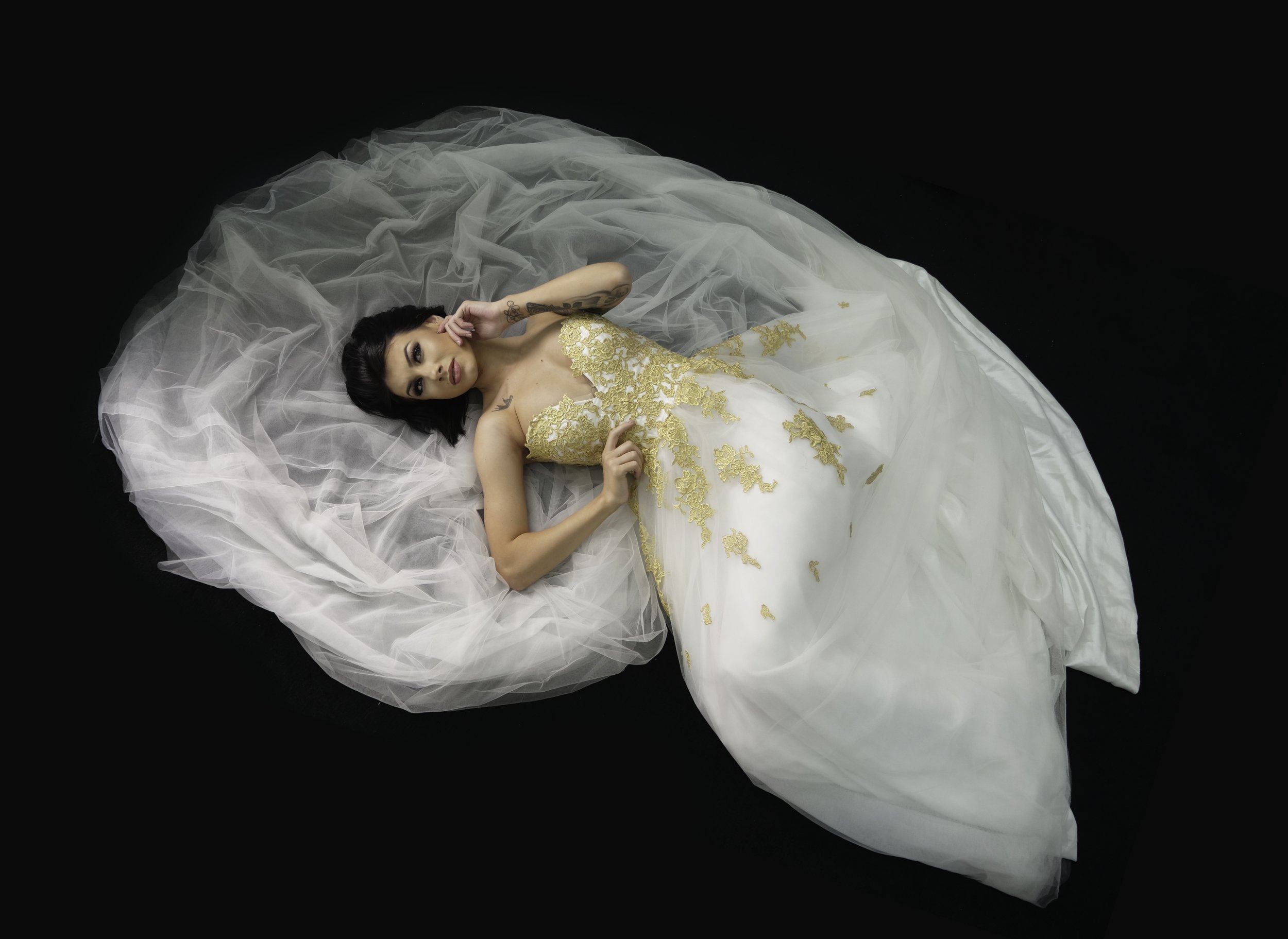A Red Sunset
This was the sunset image from the same evening as the last few posts. After some great light we had an intense rain storm and then the skies started opening up just before the sun set. All the photographers left the butte except one other PSA member and myself. This image was the reward for sticking it out.
Captured with the Panasonic Lumix S1R and the Lumix Pro S 70-200 mm, f/4 lens at 70 mm. Exposure triad: f/11, 1/125 sec at ISO 800.
Tending Fields in The Palouse - the incredible S1R
Before leaving the Palouse, I would really like to venture inside one of the giant combine harvesters that the farmers use. The are specially designed machines that traverse the steep inclines and slopes of the Palouse without tipping over. The cab is fully climate controlled and has computers that monitor and measure things like quantity of the grain being harvested, the moisture content and many other indices.
This is an image captured on Sept 20, 2019, in the late afternoon before the storm. I used the Lumix S1R with the Lumix Pro S 70-200 mm lens. I have cropped a slight amount on the top of the frame to remove a distraction. The performance of the S1R is exceptional. This was a normal (not a high resolution) capture. A severe crop of the frame just to get the farmhouse is shown in the image below. (Please do click on the images for a larger rendition).
Exposure triad: f/11, 1/15 sec, ISO 200. Focal length 200mm.
Storm Clouds Over Palouse
I arrived in Spokane, WA for the PSA Board Meetings and the Conference. It was a long flight from Boston to Spokane but I was not going to pass up the opportunity to take a ride to the wheat fields of the Palouse. The weather did not look good but then bad weather can make for some great images.
Most of the afternoon the fields had barely any light and when there was some it was flat. As the afternoon progressed there were occasional openings in the dark cloud that were letting some light come through. The was a large expanse of rain clouds that were dumping rain while the sun shone through on either side casting some warm light on the harvested wheat stalks.
This image was captured in high resolution using the Panasonic Lumix S1R and the Lumix S Pro 70-200 f/4 lens. Exposure triad: f/11, 1/25 sec, ISO 200. Lens at 70mm. The 1440 x 934 pixel image is about 8% of the original file.
Please click on the image for a larger rendition.
Cool and Warm

When the sun was setting this past weekend (Sept 7, 2019) the moon was about 60% and quite high over the horizon. As the light from the sun was all but gone, the moon shining on the water created this cool/warm juxtaposition in harmony with these old pilings.
The breaking waves in the foreground appear to be trying to blend the warm and cold together. Also, notice the split in the color temperature how the light significantly affected the shadows of the pilings on the right vs. the ones on the left.
These situations remind me of George Eastman's quote:
"Light makes photography. Embrace light. Admire it. Love it. But above all, know light. Know it for all you are worth, and you will know the key to photography."
Minimalism - Sunset
The weekend provided
I first shot this composition wide with lots of negative space but realized that with the rocks so small in the frame the beautiful texture was getting lost. So I composed tighter to show much more detail while the image still remained minimal. The setting sun cast some lovely light in the rocks and created a glow in the sand. Although the slow shutter speed remove the detail from the sand, I like the way the color creates a leading line to the rock formation.
The image was captured with the Panasonic Lumix S1R and the Lumix 24-105 f/4 L-Mount lens. A Benro circular polarizer was used to reduce reflections and a Benro 10 stop ND filter was used to slow the shutter down.
Exposure triad: f/8, 60 sec, ISO 100
Barred Owl - Corkscrew Swamp
The barred owl, also known as northern barred owl or hoot owl, at the Corkscrew Swamp Sanctuary in Florida this afternoon. The swamp has way too much water and as a result, the number of birds is minimum. This owl remained with its eyes closed for what seemed like an eternity. Finally, when the park staff came by to say we had to leave, I stopped by to get this image.

Barbets of Keoladeo NP
 Barbets are a species of tropical birds in the family Capitonidae (order Piciformes). Barbets are named for the bristles at the bases of their bills that they use to dig holes in rotting trees where there will nest. They have large heads and short tails and are not agile fliers. They eat insects, lizards, birds' eggs, fruit, and berries.The Keoladeo NP has three species of Barbet. I was able to photograph only the Brown-headed Barbet Psilopogon zeylanicus and the Coppersmith Barbet Psilopogon haemacephalus, The third, White-cheeked Barbet was not found.As these birds sit in very dense leaf trees the light is hard to work with and high ISOs become mandatory.
Barbets are a species of tropical birds in the family Capitonidae (order Piciformes). Barbets are named for the bristles at the bases of their bills that they use to dig holes in rotting trees where there will nest. They have large heads and short tails and are not agile fliers. They eat insects, lizards, birds' eggs, fruit, and berries.The Keoladeo NP has three species of Barbet. I was able to photograph only the Brown-headed Barbet Psilopogon zeylanicus and the Coppersmith Barbet Psilopogon haemacephalus, The third, White-cheeked Barbet was not found.As these birds sit in very dense leaf trees the light is hard to work with and high ISOs become mandatory.
Panasonic Lumix G9 with the 200mm Leica f/2.8 and 2X teleconverter
 Last week at the Florida Space Coast Wildlife and Birding Festival this image was shot hand-held using the new Lumix G9 and the Leica 200mm lens with the 2X Teleconverter. What I really love is the ability to handhold this combination, yes 800mm equivalant, for the entire morning. The image stabilization is exceptional and the lens performs great. Mind you the lens I was using is a pre production sample and I am sure when I have the production version, it will be even better. In addition, what is truly great about the G9 is the way it renders color - it's just fantastic!
Last week at the Florida Space Coast Wildlife and Birding Festival this image was shot hand-held using the new Lumix G9 and the Leica 200mm lens with the 2X Teleconverter. What I really love is the ability to handhold this combination, yes 800mm equivalant, for the entire morning. The image stabilization is exceptional and the lens performs great. Mind you the lens I was using is a pre production sample and I am sure when I have the production version, it will be even better. In addition, what is truly great about the G9 is the way it renders color - it's just fantastic!
Space Coast Wildlife & Birding Festival - Day 1
 It was a gorgeous 84 degree day yesterday when I arrived in Titusville for the Space Coast Festival but this morning it was a cold 51 degrees. This rapid change is no good for bird photography as most of the birds were hunkered down in the mangroves. The few that braved the cold were mostly way out of reach even with an 800 mm equivalent lens.These are a few decent images albeit severely cropped. Now for the good news - the new Leica 200 mm f/2.8 arrived and I have just unpacked it. Will give this lens a shot tomorrow morning.
It was a gorgeous 84 degree day yesterday when I arrived in Titusville for the Space Coast Festival but this morning it was a cold 51 degrees. This rapid change is no good for bird photography as most of the birds were hunkered down in the mangroves. The few that braved the cold were mostly way out of reach even with an 800 mm equivalent lens.These are a few decent images albeit severely cropped. Now for the good news - the new Leica 200 mm f/2.8 arrived and I have just unpacked it. Will give this lens a shot tomorrow morning.


The Lumix G9 and Post Focus
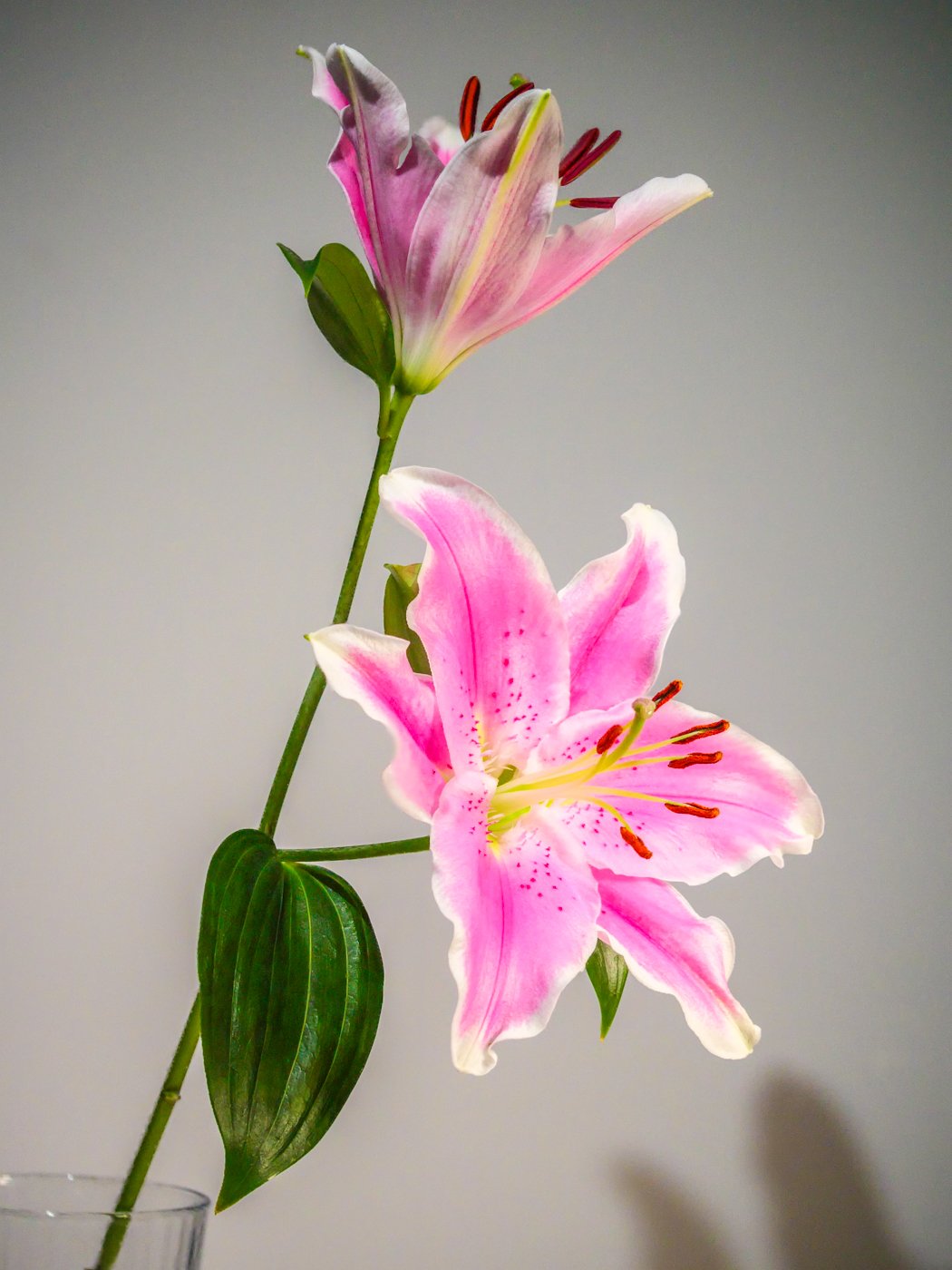 I have been asked this many times and no matter how much I explain it there is still some confusion. Basically, the Post Focus function in the supporting Lumix cameras rely on the high-resolution video capability in conjunction with focus racking to capture a sequence of images that can be selected by defining the plane of focus. So as an example, if you were to set up a yardstick and let the camera take a post-focus image - the camera would focus on the nearest point to the lens take an image and then gradually refocus a bit further out and take another image till it reached the end of the frame at the farthest point. There would be a series of images each one at a different point of focus. Note however that this sequence is captured using the video mode of the camera. Once the images are captured, the camera does internal processing that then allows you to tap on the screen to select the image that has the best focus at that selected point. You can then opt to save this selected image. Supporting this function is post-capture peaking to confirm focus and in addition, you can magnify the image for a selective selection.This feature is further augmented with a merge function. You can merge all the images captured into a single image that is tack sharp from the closest focus point to the farthest. However what is even more useful, particularly if you use large apertures for a shallow depth of field and you want to keep your background out of focus. You can select the range you want to merge and thereby leave the remainder of the scene out of focus.The following image that I used as the lead image was captured in post focus and merged in its entirety.
I have been asked this many times and no matter how much I explain it there is still some confusion. Basically, the Post Focus function in the supporting Lumix cameras rely on the high-resolution video capability in conjunction with focus racking to capture a sequence of images that can be selected by defining the plane of focus. So as an example, if you were to set up a yardstick and let the camera take a post-focus image - the camera would focus on the nearest point to the lens take an image and then gradually refocus a bit further out and take another image till it reached the end of the frame at the farthest point. There would be a series of images each one at a different point of focus. Note however that this sequence is captured using the video mode of the camera. Once the images are captured, the camera does internal processing that then allows you to tap on the screen to select the image that has the best focus at that selected point. You can then opt to save this selected image. Supporting this function is post-capture peaking to confirm focus and in addition, you can magnify the image for a selective selection.This feature is further augmented with a merge function. You can merge all the images captured into a single image that is tack sharp from the closest focus point to the farthest. However what is even more useful, particularly if you use large apertures for a shallow depth of field and you want to keep your background out of focus. You can select the range you want to merge and thereby leave the remainder of the scene out of focus.The following image that I used as the lead image was captured in post focus and merged in its entirety.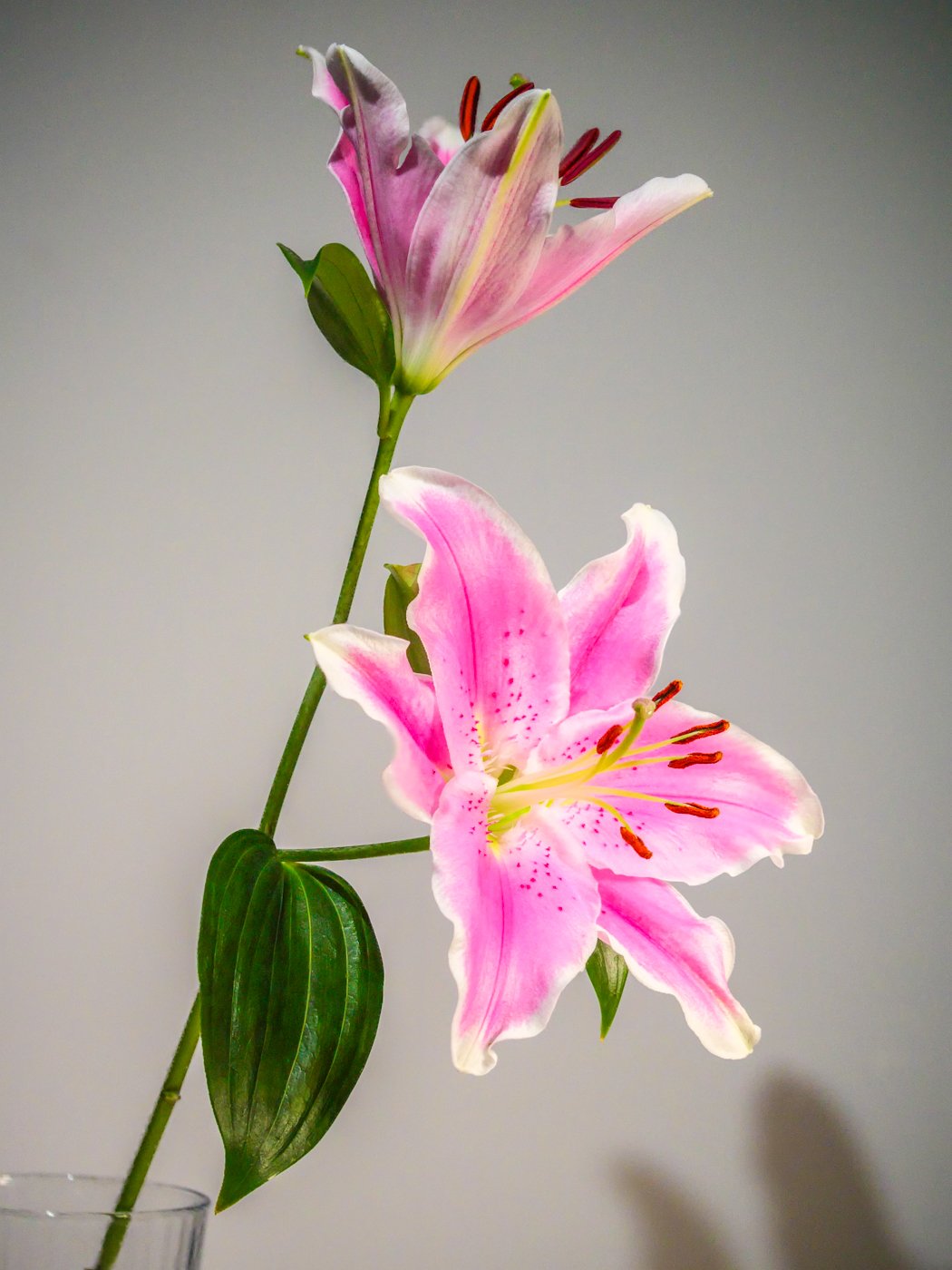 For this next Post-focus demonstration I placed a postcard on the background and merged the entire set of images. As you can see the postcard is in focus as are the flowers.
For this next Post-focus demonstration I placed a postcard on the background and merged the entire set of images. As you can see the postcard is in focus as are the flowers.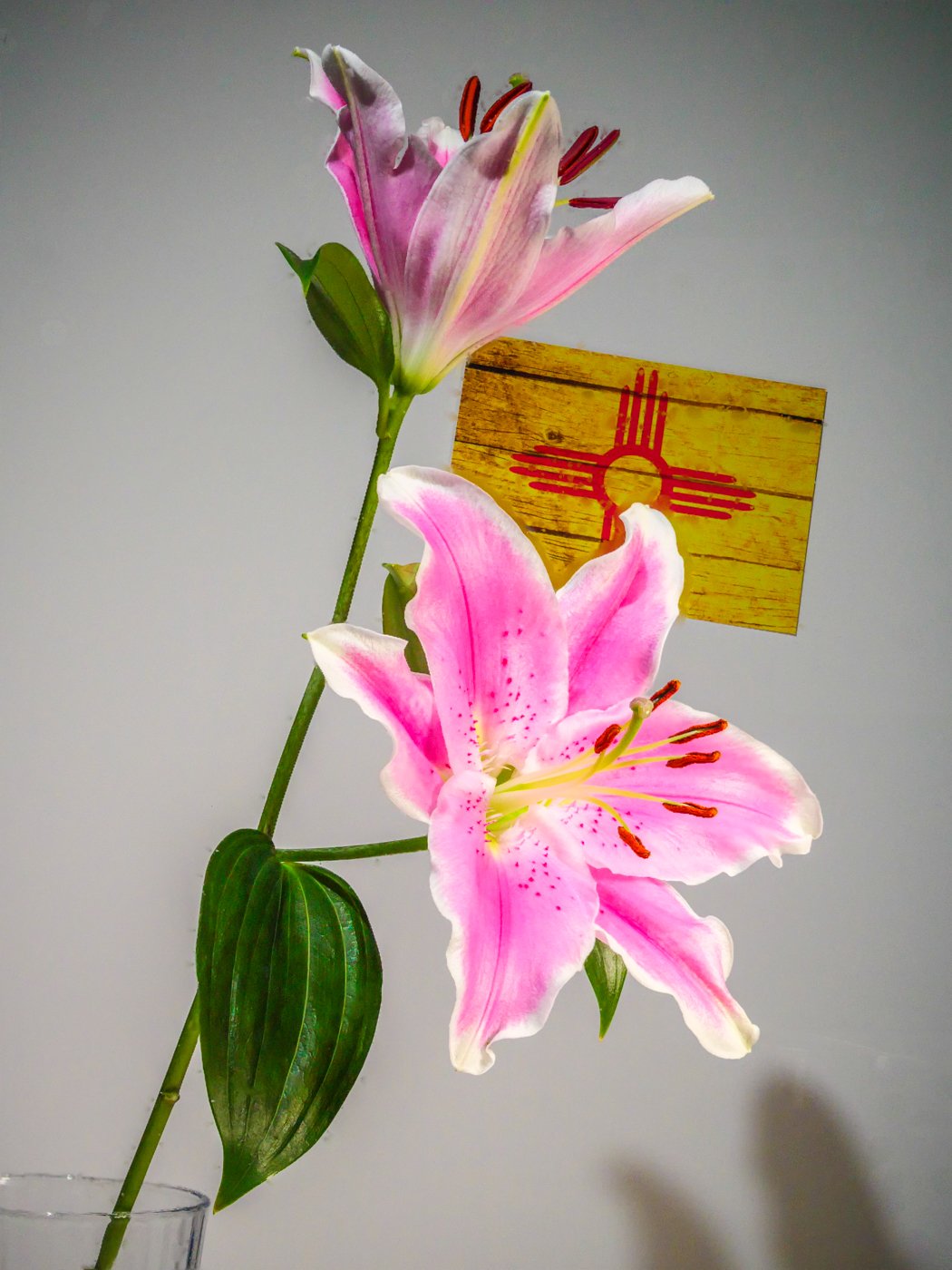 Next, I used the same Post-Focus set but this time iI selected just the range I wanted, just the flowers and executed the merge. The following is the resulting image with the postcard nicely blurred:
Next, I used the same Post-Focus set but this time iI selected just the range I wanted, just the flowers and executed the merge. The following is the resulting image with the postcard nicely blurred: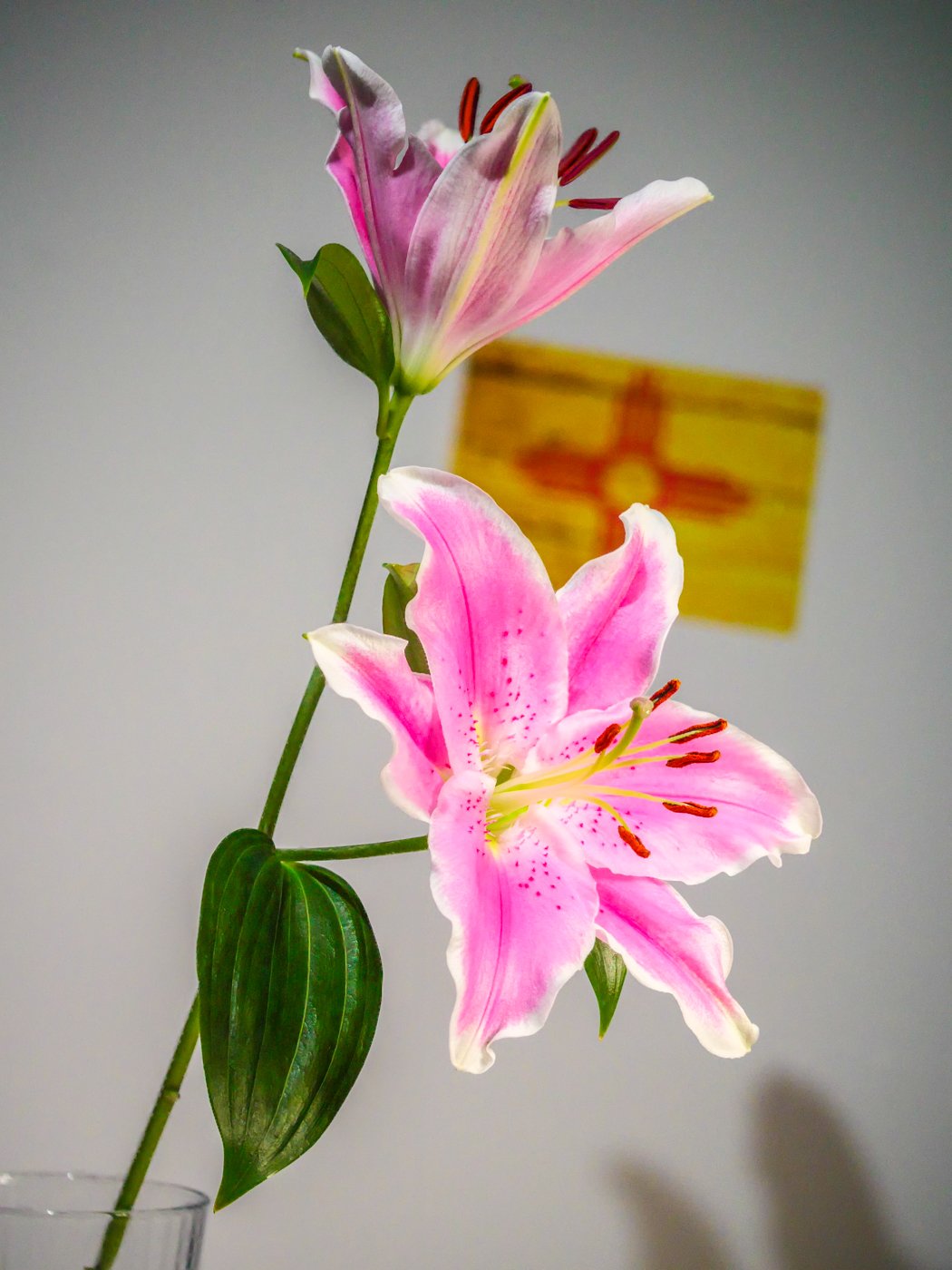 I hope this gives you a better understanding of the power of this feature and the many ways you can use it. Please note that when these images are captured using 6K Photo Mode, the resulting images are 18 MP and suitable for very large enlargements when processed with the appropriate software.
I hope this gives you a better understanding of the power of this feature and the many ways you can use it. Please note that when these images are captured using 6K Photo Mode, the resulting images are 18 MP and suitable for very large enlargements when processed with the appropriate software.
Lumix G9 - High Resolution Mode
 Many new cameras have repurposed their in body image stabilization to create high resolution images employing sensor shift capture. The Lumix G9 uses the same concept but shifts the sensor by 1/2 pixel rather than a full pixel. It captures 8 images in raw and combines them in-camera to generate a single 80 MP Raw file. Whats more is that you can capture a single standard resolution RAW file of the same image in addition to the high resolution image. This is a great feature for studio based product photography, still life and architectural photography. As there is (releatively) significant capture time, any scene with moving subject matter is not suitable for High Resolution capture. I set up a simple shot of a Gerbera Daisy with an artificial background to test the resolution and imprtance of this feature. the image above is what I was photographing. The shutter delay was set for 15 seconds to give me enough time to exit the room and to stabilize any vibration or tripod and camera body. The exposure triad:f/8, 1/200 sec at ISO 200.The red stroked are is enlarged below for comparison. Of significance, is the minimal pixilation of theis crop in the hi-res image compared to the standard 20.3 MP file.
Many new cameras have repurposed their in body image stabilization to create high resolution images employing sensor shift capture. The Lumix G9 uses the same concept but shifts the sensor by 1/2 pixel rather than a full pixel. It captures 8 images in raw and combines them in-camera to generate a single 80 MP Raw file. Whats more is that you can capture a single standard resolution RAW file of the same image in addition to the high resolution image. This is a great feature for studio based product photography, still life and architectural photography. As there is (releatively) significant capture time, any scene with moving subject matter is not suitable for High Resolution capture. I set up a simple shot of a Gerbera Daisy with an artificial background to test the resolution and imprtance of this feature. the image above is what I was photographing. The shutter delay was set for 15 seconds to give me enough time to exit the room and to stabilize any vibration or tripod and camera body. The exposure triad:f/8, 1/200 sec at ISO 200.The red stroked are is enlarged below for comparison. Of significance, is the minimal pixilation of theis crop in the hi-res image compared to the standard 20.3 MP file. 
 The base file at 300 DPI is approx. 34.5 inches by 26 inches. I have sussessfully enlarged this image to 30 feet by 22.5 feet and the image maintains exceptional quality.
The base file at 300 DPI is approx. 34.5 inches by 26 inches. I have sussessfully enlarged this image to 30 feet by 22.5 feet and the image maintains exceptional quality.
Out of Acadia
 This is a late post but never the less the Out of Acadia conference was spectacular. Over a hundred participants and multiple instructors made the event a great success. Between leading excursions and doing classes there was not much time to do a lot of photography but this was photographed on the last day at Little Hunters Beach. Given the shape of the cove and the direction of the sunrise, one has to wait for the light to hit is peninsula.I used my new Leica 12 - 60 mm with the GH5 that I am loving more and more - particularly with Version 2.1 of the firmware update. Exposure triad: ISO 200, f/7.1, 6 sec at 12mm (24mm equivalent). Benro filter holder with a polarizer and 4 stop ND and a grad.The image below is the same converted to B&W using Capture One 10.
This is a late post but never the less the Out of Acadia conference was spectacular. Over a hundred participants and multiple instructors made the event a great success. Between leading excursions and doing classes there was not much time to do a lot of photography but this was photographed on the last day at Little Hunters Beach. Given the shape of the cove and the direction of the sunrise, one has to wait for the light to hit is peninsula.I used my new Leica 12 - 60 mm with the GH5 that I am loving more and more - particularly with Version 2.1 of the firmware update. Exposure triad: ISO 200, f/7.1, 6 sec at 12mm (24mm equivalent). Benro filter holder with a polarizer and 4 stop ND and a grad.The image below is the same converted to B&W using Capture One 10.
"Refugees Welcome"
 After a lot of debate I decided to title this image "Refugees Welcome". In the past 6 months the topic of refugees has been dominant in the news. With Canada as one of the countries that has openly welcomed refugees, I felt this image represented the statement appropriately. The concrete totems can be viewed as either emerging or going into the St. Lawrence river in Northern Quebec.A little back story on this image: we had picked a number of location to photograph this morning but the incessant rain messed up our plans. So we stopped for a second breakfast and more coffee. - Well one just cant keep sitting in a restaurant for ever so I decided to get this image rain or no rain. It was pouring but I had my GH5 with the 12 - 35 mm f/2.8 (version 1) lens attached. I wanted to slow the shutter down so as to prevent capturing the water drops splashing on the water but was not going to venture back to the car to get my ND filters. I had my polarizer on so I closed down the aperture to f/18 that was enough to give me a shutter speed of 60 seconds at ISO 100 - yes it was quite dark and miserable. I held my hand over the front of the lens to prevent rain from ruining the image. The camera and lens were soaked but I got the image. I am convinced, first hand - the Panasonic Lumix GH5 is great in the rain. One day I might consider doing a dust test - Africa or India would be great for that.The following images are ones I have already posted on Facebook but wanted to include them as a record of the trip to Northern Quebec and New Brunswick over the 4th of July weekend 2017.
After a lot of debate I decided to title this image "Refugees Welcome". In the past 6 months the topic of refugees has been dominant in the news. With Canada as one of the countries that has openly welcomed refugees, I felt this image represented the statement appropriately. The concrete totems can be viewed as either emerging or going into the St. Lawrence river in Northern Quebec.A little back story on this image: we had picked a number of location to photograph this morning but the incessant rain messed up our plans. So we stopped for a second breakfast and more coffee. - Well one just cant keep sitting in a restaurant for ever so I decided to get this image rain or no rain. It was pouring but I had my GH5 with the 12 - 35 mm f/2.8 (version 1) lens attached. I wanted to slow the shutter down so as to prevent capturing the water drops splashing on the water but was not going to venture back to the car to get my ND filters. I had my polarizer on so I closed down the aperture to f/18 that was enough to give me a shutter speed of 60 seconds at ISO 100 - yes it was quite dark and miserable. I held my hand over the front of the lens to prevent rain from ruining the image. The camera and lens were soaked but I got the image. I am convinced, first hand - the Panasonic Lumix GH5 is great in the rain. One day I might consider doing a dust test - Africa or India would be great for that.The following images are ones I have already posted on Facebook but wanted to include them as a record of the trip to Northern Quebec and New Brunswick over the 4th of July weekend 2017. 



Lumix G85 4K Photo
 On my visit to Ft. Myers I wanted to test the 4K Photo Mode capability of the Panasonic Lumix G85. The image shown was captured in 4K photo mode on March 14, 2017. The entire sequence was imported as a video file. I did not want to select and save a JPEG file in camera. Saving a JPEG is the suggested method for 4K Photos. The video frames were exported at individual TIFF files with a frame resolution of 3328 by 2496 pixels (an 8Mb file) this was processed in Capture One ver. 10 and exported as a JPEG for web display. The camera was mounted with the Leica 100 - 400 mm lens, hand-held using "Dual IS". For reference purposes the scene's exposure triad was ISO 800, f6.3, 1/250 sec.
On my visit to Ft. Myers I wanted to test the 4K Photo Mode capability of the Panasonic Lumix G85. The image shown was captured in 4K photo mode on March 14, 2017. The entire sequence was imported as a video file. I did not want to select and save a JPEG file in camera. Saving a JPEG is the suggested method for 4K Photos. The video frames were exported at individual TIFF files with a frame resolution of 3328 by 2496 pixels (an 8Mb file) this was processed in Capture One ver. 10 and exported as a JPEG for web display. The camera was mounted with the Leica 100 - 400 mm lens, hand-held using "Dual IS". For reference purposes the scene's exposure triad was ISO 800, f6.3, 1/250 sec.







